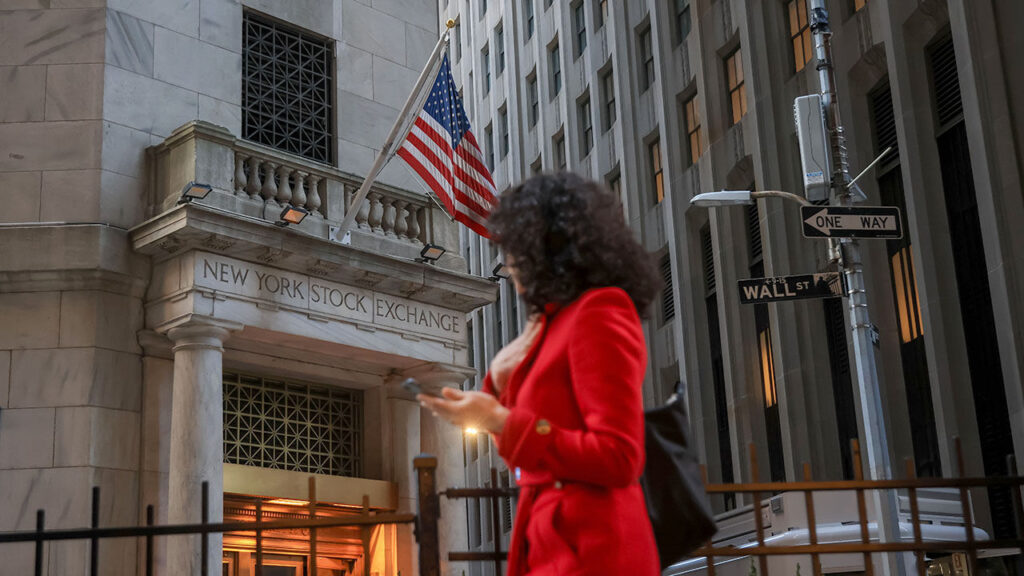It feels like just yesterday that America’s stock market was undeniably the focal point of the global financial stage. The indices were consistently achieving new milestones, with prices soaring to record highs almost on a weekly basis. The confidence in the U.S. as an economic powerhouse was unshakeable, overshadowing competitors from across the globe who seemed to fall by the wayside. However, that perception has taken a substantial hit as fears over the economy’s growth trajectory have escalated, compounded by the unpredictable protectionist policies propagated by former President Donald Trump.
A pivotal moment in this shifting landscape occurred on March 11th, when Trump announced a significant escalation in trade policies by claiming he would double the tariffs on Canadian aluminum and steel. This announcement sent ripples of concern through the investment community, sparking a reconsideration of risk profiles associated with U.S. equities. As a result, investors are increasingly hesitant to value American shares at the exorbitant price-to-earnings multiples that were once commonplace. Instead, they are leaning toward a more cautious approach, giving more consideration to firm performance metrics and the economic realities prevalent in other markets.
This paradigm shift can also be attributed to the growing realization that the once robust profit margins of American companies may no longer sustain the inflated valuations. Global competitors now offer compelling alternatives, drawing investors’ attention away from U.S. markets to emerging markets or even established ones like those in Europe and Asia. As trade tensions and economic uncertainty escalate, the appetite for risk in U.S. equities diminishes, suggesting a new era that challenges the formerly unrivaled supremacy of the American stock market.
The reevaluation of the U.S. market isn’t solely based on tariffs and trade wars. A plethora of economic indicators has indicated a softening in domestic growth that, when coupled with foreign economic resilience, has led investors to rethink their strategies. Factors such as fluctuating GDP growth rates, unemployment figures, and inflation trends must now all be weighed more carefully. Investors, therefore, are compelled to calibrate their portfolios with prudence, incorporating diversification strategies that buffer against the volatility that is increasingly becoming synonymous with American markets.
Consequently, this cautious outlook has created an environment where American companies are finding it challenging to attract the premium they once enjoyed. The once clear narrative of ‘exceptionalism’ has become muddied, prompting a reassessment of risk versus reward dynamics in the investment landscape. The global market is rapidly evolving, and as investors cast their nets wider in search of sustainable growth, the depth and breadth of international opportunities will only become more scrutinized.
Moreover, the rise of technology and connected markets has accelerated the pace at which investors can make these calculations. Information flows faster, and analyses are more sophisticated, meaning that the old adage of “buy American” is losing its allure as institutional and retail investors alike become more astute and disciplined. International markets are presenting attractive valuations backed by solid growth stories, which can no longer be ignored. Investors now have access to data that offers a clearer picture of global economic health, prompting them to align their strategies accordingly.
In conclusion, the landscape of American equity investments is undergoing a profound transformation as confidence wanes amid tariffs, trade tensions, and economic variables. Investors are navigating a new reality where traditional beliefs about the invincibility of the U.S. stock market are being challenged. The evolution of investor behavior reflects not only a response to current challenges but also an awareness of the vast opportunities that lie outside U.S. borders, signaling a need for strategic adjustment and diversification in pursuit of long-term financial growth and stability.









